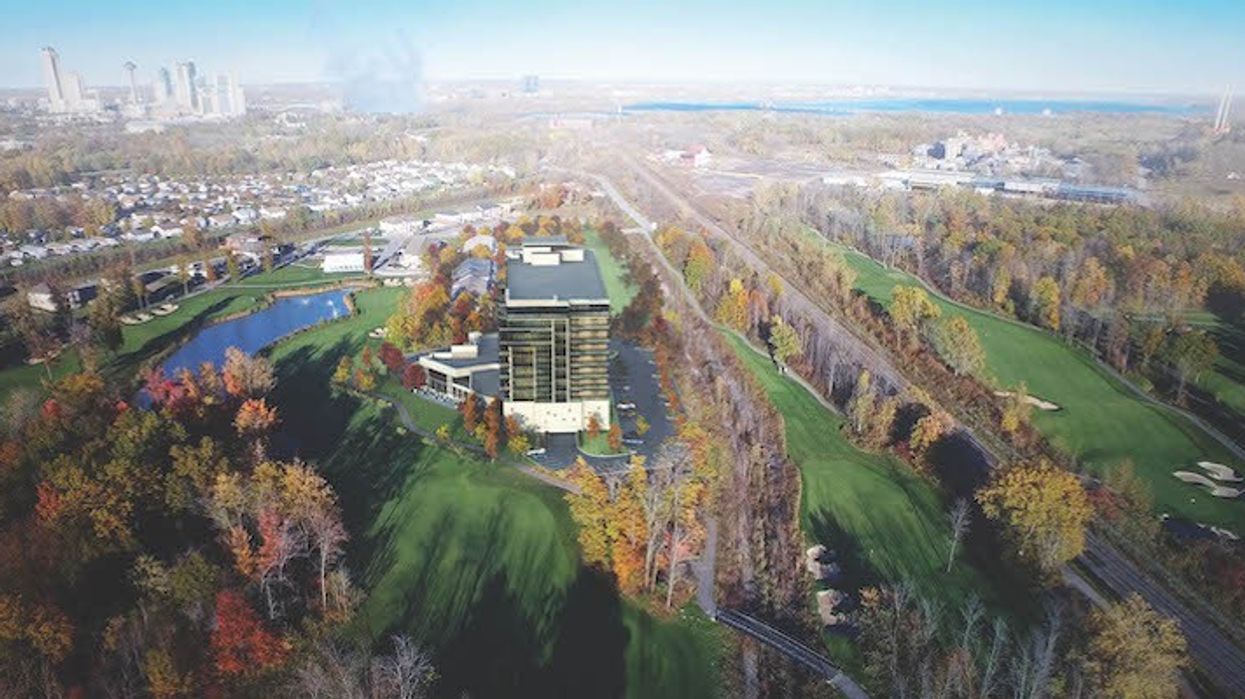As more residents flee from the downtown core in search of more space, the price of newly built homes in the Niagara-region continue to climb.
Retirees and remote workers have helped boost the demand for new homes, which, in turn, has driven prices up 1%, the Niagara Home Builders' Association said in Statistics Canada's monthly survey of home builders that was released Tuesday.
According to the survey, new home prices in St. Catharines–Niagara saw the largest increase (+1%) in June in response to good market conditions in the region.
The Niagara Home Builders' Association noted this increasing demand has been seen from Toronto-area buyers who are now working remotely or commuting to their Toronto offices only periodically. Additionally, the Niagara region has also started to attract more retirees looking to settle in the Canadian wine-producing region.
READ: The ‘905’ is Now Outperforming Toronto-Area Housing Activity: Report
The survey also stated that while new home prices in Toronto remained unchanged, prices increased in the nearby, more affordable census metropolitan areas (CMAs) of Kitchener–Cambridge–Waterloo (+0.7%) and Guelph (+0.5%).
At the national level, new house prices rose 1.3% in the 12-month period ending in June, following a 1.1% rise in May. On a year-over-year basis, prices have been increasing for seven consecutive months at the national level.
"As working from home becomes more prevalent, we may see an increase in the demand for larger living spaces that single-family homes can offer, causing a shift in demand from condominium apartments towards single houses," the survey said.
"We expect to see continued home-buyer demand in the more affordable (areas) surrounding Toronto and Vancouver, and anticipate that this demand will strengthen if current pandemic-driven circumstances persist."

The survey also noted that contractors' home designs will reflect the demands of more residents being required to work from home during the COVID-19 pandemic.
"Builders may start catering to buyers' preferences by offering additional office space in the design of their new homes to accommodate remote working arrangements," reads the survey.





















